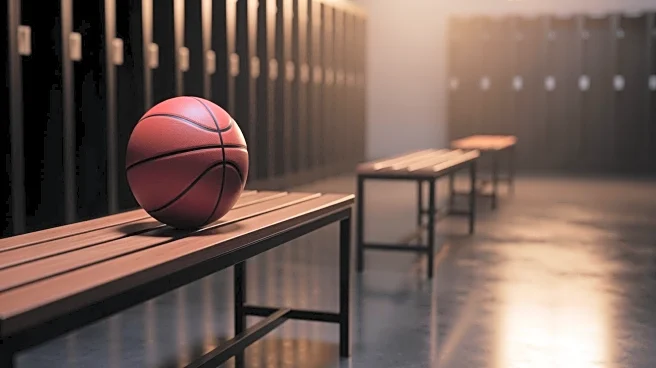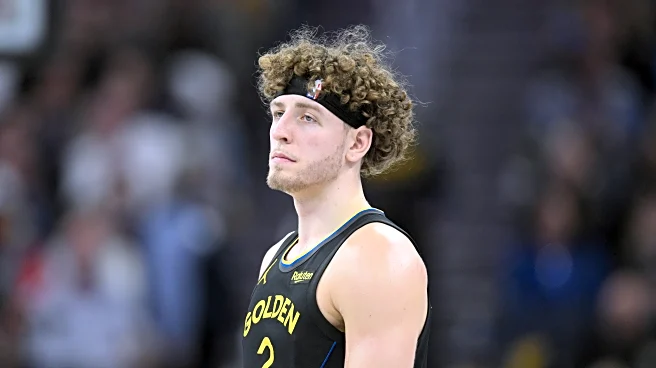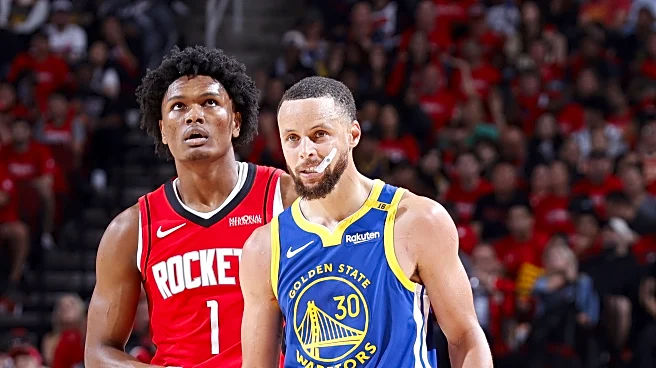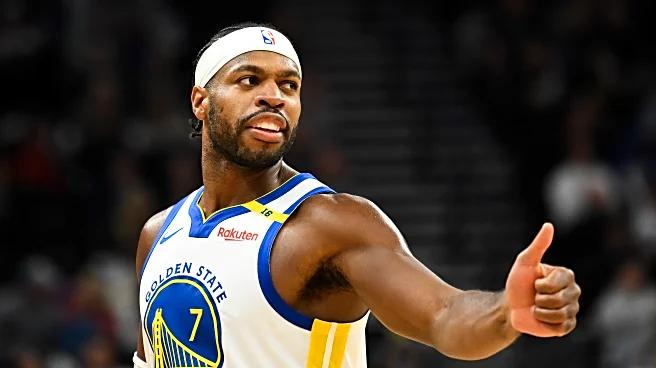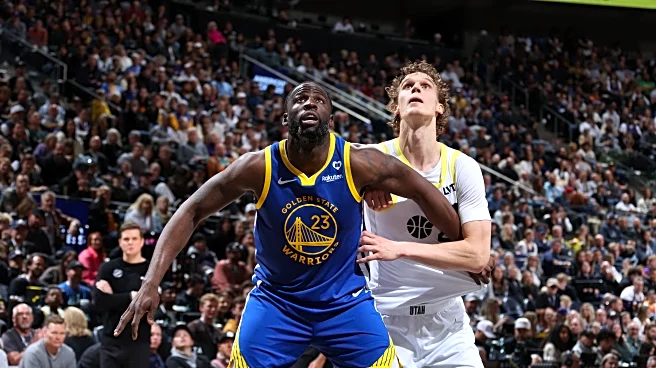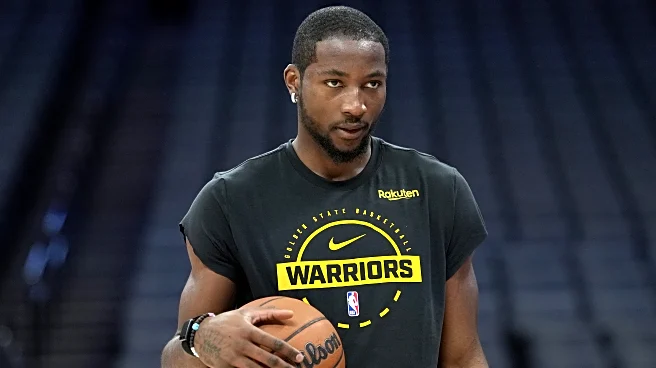It’s quite an obvious thing to state that there’s been a stark difference between a Golden State Warriors offense anchored by Steph Curry and a Warriors offense anchored by Jimmy Butler. In theory, both Curry and Butler’s styles clash, in that Curry’s method of advantage creation is a whirling dervish of whiplash for defenders, while Butler’s method of advantage creation is methodical — painstakingly, even. In that regard, one would think that Curry and Butler would mesh like water and oil. But rather
than just thriving in ways that are mutually exclusive of their respective styles, Curry and Butler have shown the capability to adapt to each other’s styles seamlessly, without stepping on each other’s foot.
Curry, in particular, has no qualms with setting inverted screens for Butler and playing off of the fact that Curry defenders will rarely leave him to switch onto Butler, let alone send two to the ball. On a certain possession during the first quarter of the Warriors’ 134-117 win over the Utah Jazz to end a three-game skid, Curry comes over to set the inverted ball screen for Butler; however, in somewhat of a departure from the norm, the Jazz not only opt to switch the screen — they cleanly execute the switch, with Svi Mykhailiuk taking Curry and Keyonte George taking Butler, who deems it prudent to isolate on the slot against the smaller George. Taking stock of the teammates surrounding him, Butler has several options to choose from:

Isolation basketball typically runs anathema to the Warriors’ offensive ethos, but with Butler on the team, Steve Kerr has accommodated Butler as an isolation playmaker (note of the choice of word: “playmaker” instead of “scorer”). As much as possible, these isolation possessions like the one above will be preceded by an action that sets the table, so to speak, such an inverted screen to create an initial advantage that can take several forms, such as Butler matched up against a smaller player (e.g., George in the example above).
With Butler driving down the lane against George and the Jazz defense being stretched due to the plethora of options Butler has at his disposal, the ultimate result ends up being a Butler shot at the rim:

Seeing this possession sparked a thought in my mind with regard to the topic of this piece: an offensive configuration led purely by Butler, in the sense that his form of advantage creation has often come on a combination of perimeter isolations and post isolations, both of which are empowered whenever Curry’s on the floor and are especially more prominent with Curry off the floor. The former is most especially pronounced when Curry draws multiple eyes and bodies his way, such as on the set play below:

Curry’s presence allows Butler to play isolation basketball in a collaborative manner. However, without Curry to help him push defenses to its utmost limit, the advantage creation burden falls solely on his shoulders. As such, the shape and configuration of the offense changes almost entirely: from one that plays off of Curry’s ability to move off the ball, to one that solely plays off of Butler’s ability to make a decision on the ball.
Butler’s decision varies based on how the defense reacts to him on the ball. That decision is influenced greatly by personnel that surrounds Butler, whether it’s three teammates who can space the floor with one non-shooting teammate often stationed at the dunker spot, or all four teammates with the capability to stretch the floor. The former requires a tad more creativity in terms of positioning, an example being the first possession mentioned in this article, where Gary Payton II sets a pin-in for Moses Moody in the corner while also staying on the move as Butler makes his move, all in order to freeze Jusuf Nurkić into indecision.
Another example involves positioning the three floor spacers above the break, with the dunker spot teammate ready to pounce whenever defenses opt to choose an extra defender toward Butler to overload the strong side. With the other three lifted up, no one can sink in toward Trayce Jackson-Davis in order to help Robert Williams III’s decision to show help:

With four spacers surrounding him, Butler, in theory, should be allowed more space to work with, even if his teammates remain stationary in order to nail their defenders to their spots on the floor, lest they risk Butler spraying a pass to the man they left open and letting their entire defensive infrastructure fall apart. When given a spaced floor with multiple shot finishers capable of making open looks, Butler can shred defenses he places in the proverbial blender:

But spacing doesn’t necessarily entail watching and waiting, as evidenced by a possession against the Jazz during the fourth quarter. In order to make this Will Richard cut possible for Butler to make a decision, Pat Spencer’s cut before the cut parts a wide-open path for both Richard to blaze through and for Butler to make a pass without any arms and bodies in the way:

While only 5.6% of the Warriors’ offensive possessions involve an isolation sequence — 18th in the league — it’s a noticeable uptick from a season ago, in which 5% of their possessions were isolations, 26th in the league. Meanwhile, post-up possessions also experienced a slight uptick: from 2.3% last season (22nd) to 3% this season (16th). Accommodating Butler and his brand of offense has certainly played a part behind those numbers, a decision that has proven to be an effective one based on efficiency metrics. In 128 combined isolation and post-up possessions involving Butler — including those that end in a teammate taking a shot (make or missed), free-throws, or turning the ball over — the Warriors are scoring 1.047 points per possession, per Synergy tracking.
On a team that has historically preferred to keep everyone moving, keep the ball moving, and foster collectivism centered around a red-hot sun, the inclusion of Butler has infused a relatively new brand of basketball that, on paper, should represent everything that goes against the Warriors’ offensive tenets. But through his decision making — and with a little bit of positional and personnel help — Butler has proven that in isolation, the collective can be as dangerous as it possibly could.




